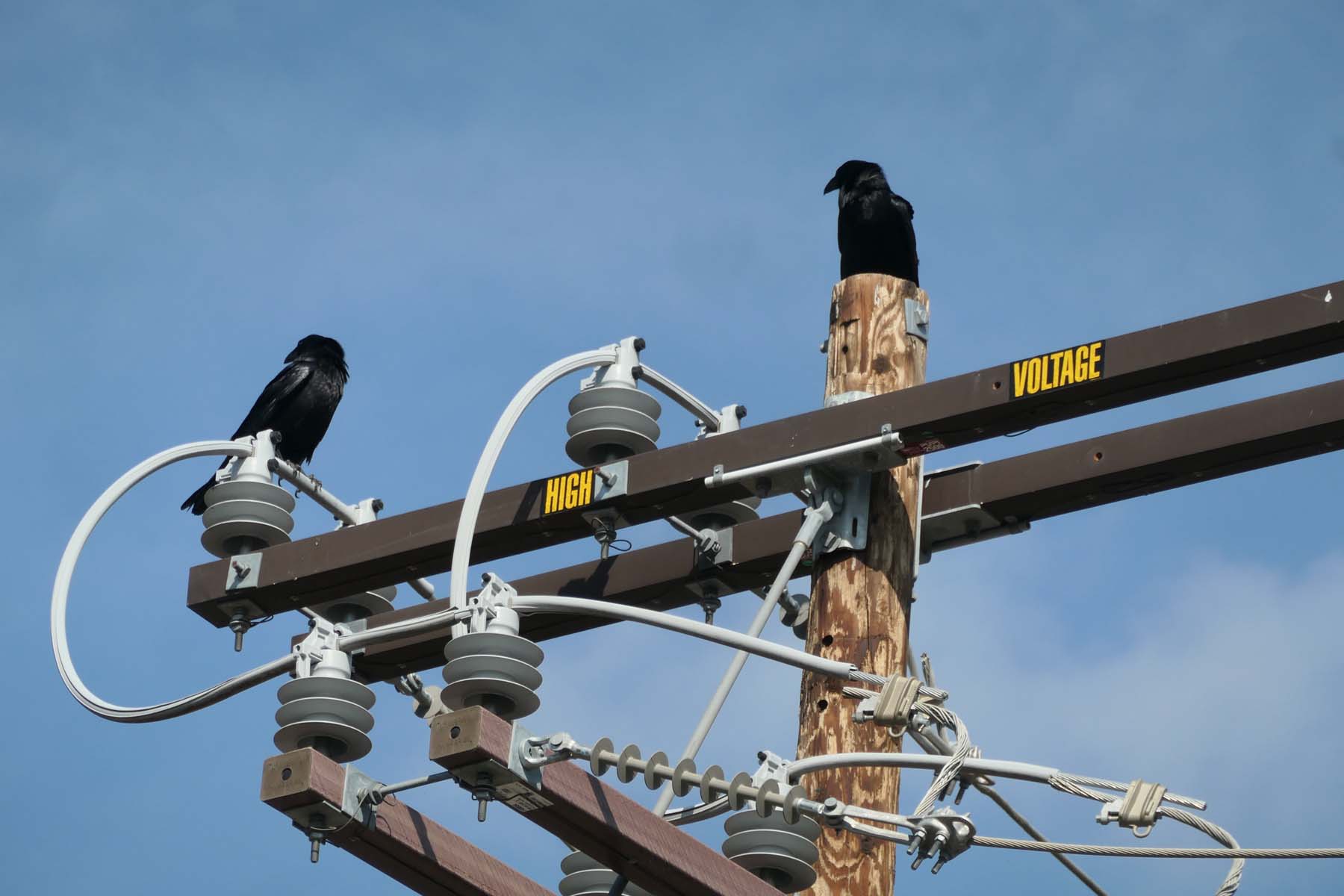Explore with me, for a second time this week. Checking out a community garden in Altadena that allots parcels of land for growing all kinds of things, though mostly vegetables. And then visiting Arlington Garden in Pasadena, three acres that the city entrusted to a non-profit that collaborated with a host of other groups to establish a botanical garden. The city of Pasadena, Pasadena Department of Public Works, and Pasadena Water & Power, with help from Pasadena Beautiful Foundation, the Mediterranean Garden Society, garden clubs, local businesses, nurseries, neighbors and friends established the garden and continually support the maintenance of the site.










Community gardens provide a terrific way of growing inexpensive, nutritious and organic food. Wait lists are long, because people enjoy the possibility of working their own little plot just as much as the output. Health benefits are not restricted to better food, though. These gardens serve as meeting places where people mix, get to know each other, share common interests and often join to improve local conditions, all of which combats isolation and other adverse psychological states.

Arlington Garden is a bit more ambitious in creating an environment for an entire community, not just plot leasers who happen to cooperate here or there. The garden introduces different forms of landscapes, thus teaching about botany and water efficient gardening.

It has locally sourced art positioned throughout, magnets for kids who squeal over the discovery of yet another frog, and grounds for benign amusement for discerning adults…








Importantly, it has tons of opportunities for sitting and enjoying the garden, from single chairs to large groups of furniture, inviting friends in. As a certified wildlife habitat garden it attracts tons of insects and birds – I am sure to hang out there quite a bit with the camera in the coming weeks.




The communal aspect is of considerable interest given that we have new archeological findings that document the advantage of communal efforts. It’s actually fascinating stuff. A group of archeologists investigated 24 central places in prehistoric (1000 – 300 BCE) Mesoamerica (now Mexico,) some of which lasted for over 1000 years. The researchers were interested in why some of these cities existed longer than others, and looked at a number of variables that might have contributed to or deterred from the sustainability of these centers. Some of the key factors that contributed to longevity were early infrastructural investments, high degrees of economic interdependence and collaboration between domestic units, and collective governance. In other words, autocratically governed cities were disadvantaged during antiquity.


The establishment of housing that was densely built and connected with paths to each other and the creation of large, central, open plazas were two of the factors that helped cities to flourish. In addition to these architectural specifics they found this:
” In general, more collective organizations were funded by internal financing—labor drafts and staple goods exacted from local populations. This contrasts with the external resourcing associated with more autocratic regimes, dependent on elite estates, monopolization of the exchange of precious goods, and war booty. Collective governance tended to be ‘faceless,’ associated with offices rather than aggrandized individuals, with power distributed. Concentrated power arrangements tended to be personalized, frequently tied to descent and often conspicuous in individualized funerary treatments and monuments to specific rulers. Whereas autocratic governance frequently was focused on the palaces or mortuary monuments of individual rulers, characterized by restricted access to non-elites, more collective formations tended to be associated with accessible plazas, open access ways, and disseminations of public goods.“







Public spaces mattered, for contemplation, information exchange and communal expression. Some of the longest lasting centers had up to 20 ball courts where people could meet, and all had central plazas. Pooled labor mattered, since terracing for food production and appropriate drainage could only be achieved communally. The interconnectedness between households prevented population flight, keeping population density high which in turn helped to produce labor that fed and maintained the citizenry.





It makes, of course a difference if you have 40.000 people, or 3.8 million, like the greater L.A. area, for the ability to make communal decisions, and not govern from above. But we should pause and think through the principles that conferred resilience to these ancient population centers, many of which lead back to connectedness and openings for communication. What you find, on a micro-level, when hanging out in a free, communal botanical garden.

Here is some music reminiscent of mesoamerican traditions.







Jeanne Schapp
Thank you Friderike…this is so beautiful and inspiring. You’ve heightened my awareness — there really is so much beauty right in front of our noses!
Sara Lee Silberman
Immediate thought as I began to read this posting: Won’t you have fun walking with Ms Lina through these places one of these days! And she with you!